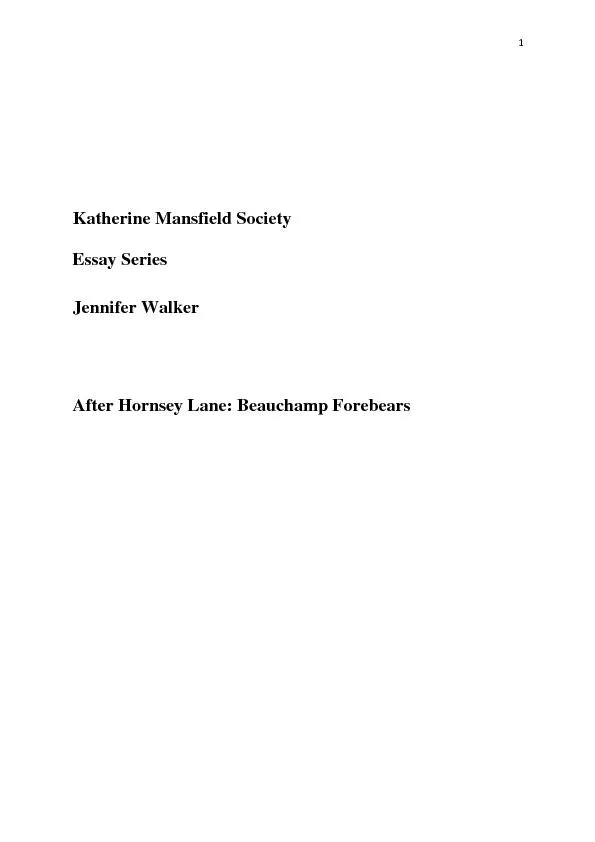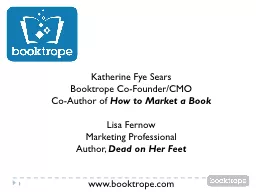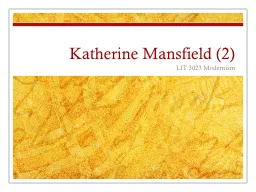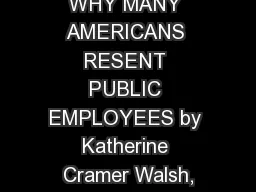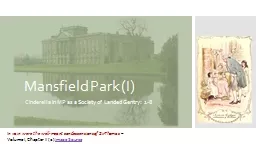PDF-Katherine Mansfield Society
Author : mitsue-stanley | Published Date : 2016-06-06
Essay Series Jennifer Walker After Hornsey Lane Beauchamp Forebears Group photograph of the Beauchamp family outside the Beauchamp house at Anakiwa Beauchamp
Presentation Embed Code
Download Presentation
Download Presentation The PPT/PDF document "Katherine Mansfield Society" is the property of its rightful owner. Permission is granted to download and print the materials on this website for personal, non-commercial use only, and to display it on your personal computer provided you do not modify the materials and that you retain all copyright notices contained in the materials. By downloading content from our website, you accept the terms of this agreement.
Katherine Mansfield Society: Transcript
Download Rules Of Document
"Katherine Mansfield Society"The content belongs to its owner. You may download and print it for personal use, without modification, and keep all copyright notices. By downloading, you agree to these terms.
Related Documents

